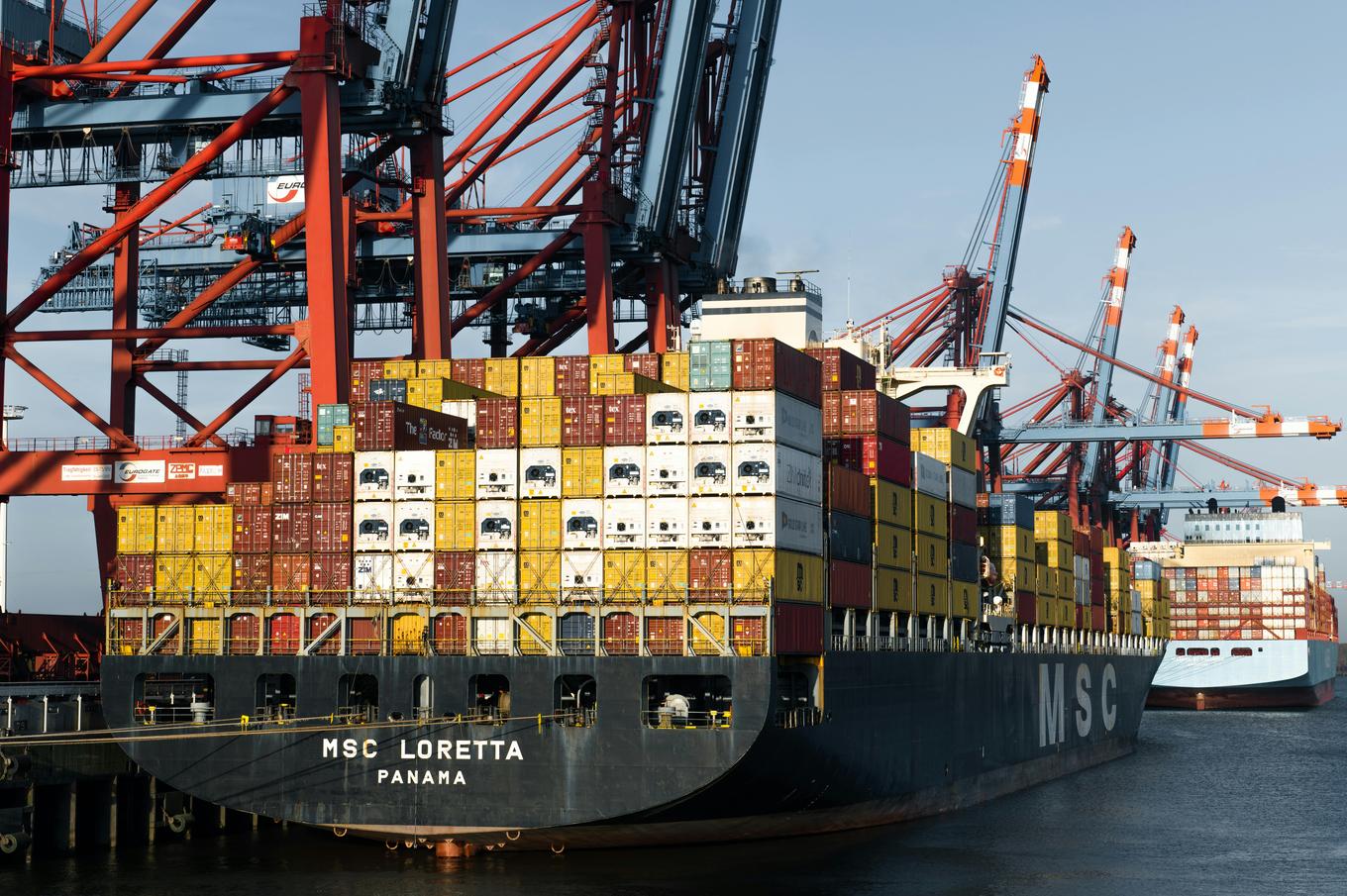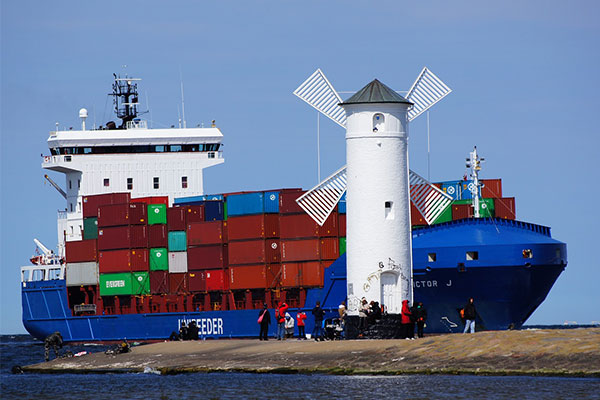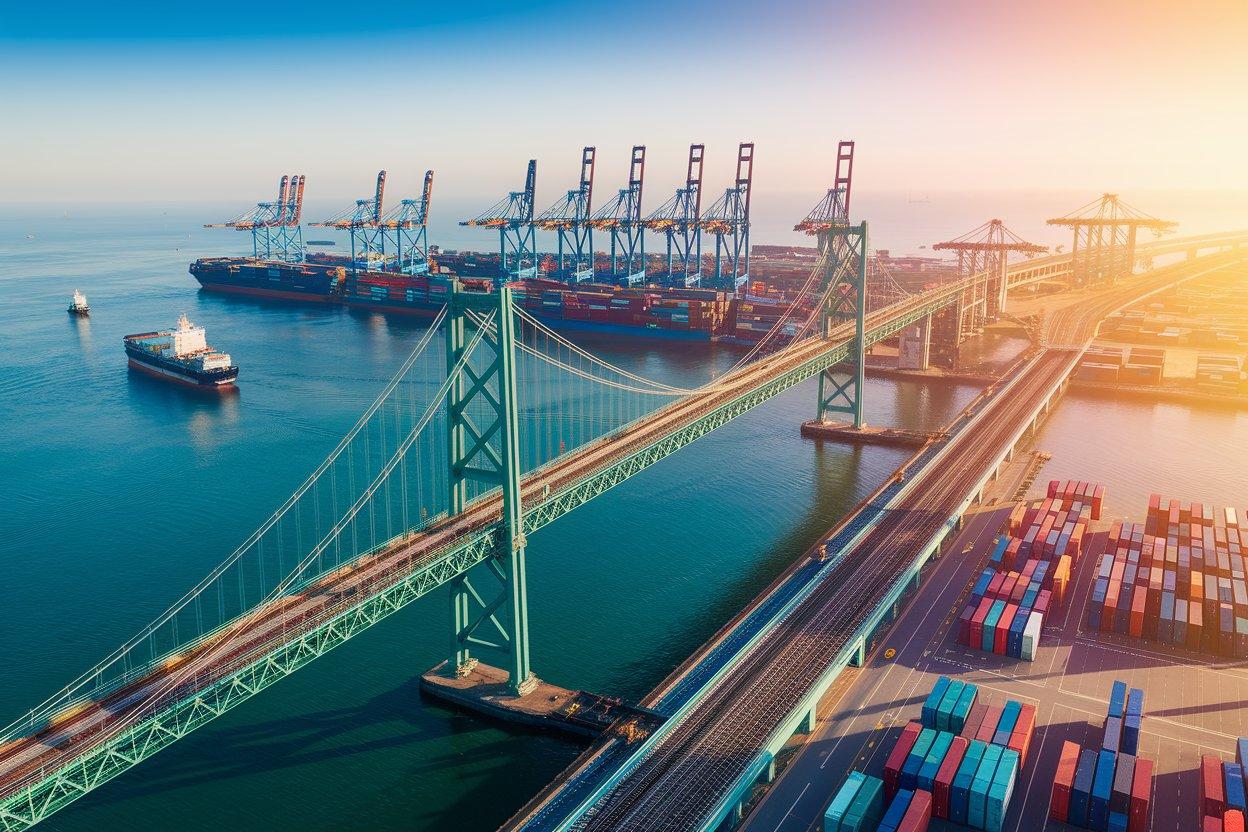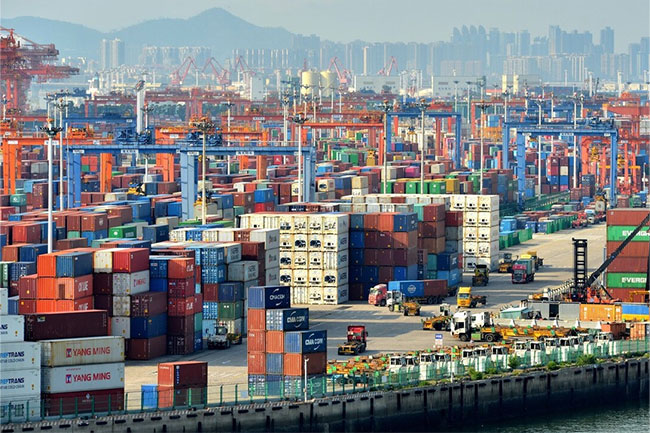- Shanghai Zhongshen International Trade Co., Ltd. - Two decades of trade agency expertise.
- Service Hotline: 139 1787 2118
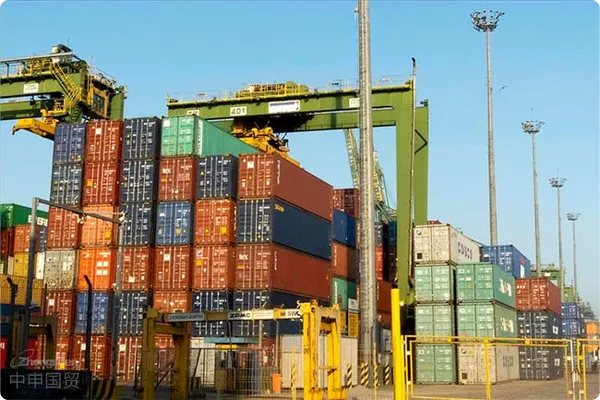
Contents
Toggle1. Export RepresentationWhat practical challenges in international trade can it address?
Under the international trade environment in 2025, export agents can effectively address three core issues:Process Compliance,Three pillars.,Risk control blind spotsAccording to the latest data from the World Customs Organization, 87% of trade disputes stem from documentation errors, while the accuracy rate of professional customs brokerage services can reach 99.6%.
2. Self-builtforeign tradeWhat is the fundamental difference between a team and a principal-agent relationship?
- Differences in cost structureBuilding an in-house team requires bearing fixed costs such as staff salaries, system development, and certification, while the agency model charges based on actual business volume.
- Response speed comparison: The agency operates 24/7 to connect with ports worldwide, with processing efficiency improved by over 40% compared to in-house teams.
- Professional Depth Dimension: Involving specialized fields such as HS code classification and rules of origin, the agency's database is updated at a frequency of twice daily.
3. How to determine whether export agency services are needed?
It is recommended to delegate an agent if any of the following conditions apply:
- SMEs with annual export batches <50 orders
- InvolvesSpecially regulated goods(Hazardous materials/Food/Medical EquipmentDamage during transportation
- Target markets ≥3 countries with significant differences in customs systems
- High-risk transactions with a single shipment value exceeding USD 500,000.
4. How can export agents achieve hidden cost savings?
- Tariff optimization plan: Achieving an average tariff reduction of 7.2% through improved FTA utilization.
- : By integrating the shipping line resources of the West Coast of the US (Los Angeles/Long Beach Port) and the East Coast of the US (New York/Savannah Port), agent services can shorten the transportation cycle by 30% and reduce the loss of LCL space.: The agency's container loading rate optimization technology can save 12-15% on freight costs.
- Avoidance of Demurrage Charges: Professional customs clearance reduces the cargo turnover cycle by 3.7 days.
5. What is the impact of the 2025 international trade regulations on agency services?
For the European UnionCBAM Carbon Border Adjustment Mechanismand the United StatesUFLPA Act, professional agency has been established:
- Supply Chain Traceability System (covering Tier 2-5 suppliers)
- Carbon Emission Calculation Model (Compliant with ISO 14064 Standard)
- Automated screening function for restricted entity lists (integrated with 13 national databases)
6. How to identify the professional qualifications of an export agent?
- Required certifications:
- AEO Customs Certified Enterprise
- FIATA international freight forwarder qualification
- Local customs clearance licenses for at least three major ports.
- Core Competency Indicators:
- Customs declaration error rate < 0.5%
- Emergency response time <30 minutes
- The cooperative carrier network covers the top 20 ports globally.
7. How are export agency service fees structured?
Typical fee structure includes:
- Basic service fee: 0.8%-1.2% of the cargo value (including customs clearance, documentation, and basic legal consultation)
- Presentation of L/C documents: 800 - 1500 yuan per order
- Agency for export tax rebate: 5% - 8% of the tax rebate amount
- Risk guarantee deposit: 0.15%-0.3% of the cargo value (covering risks such as cargo damage/demurrage/penalties, etc.)
8. What are the three key considerations when selecting an export agent?
- Crisis handling case database: Request to provide records of similar product dispute resolutions from the past three years.
- Digital Service Capability: Must have ERP system integration, real-time tracking, and automatic alert functions.
- Dispute Resolution Method:There should be self-operated or deeply cooperative service outlets in the target market.
Related Recommendations
? 2025. All Rights Reserved. Shanghai ICP No. 2023007705-2  PSB Record: Shanghai No.31011502009912
PSB Record: Shanghai No.31011502009912
